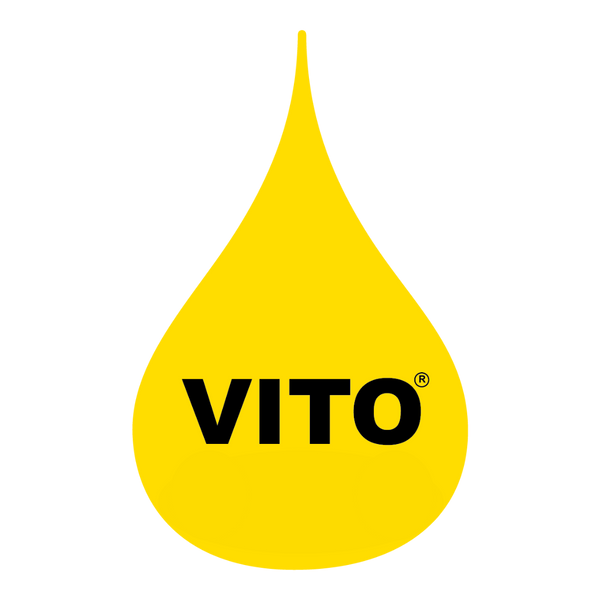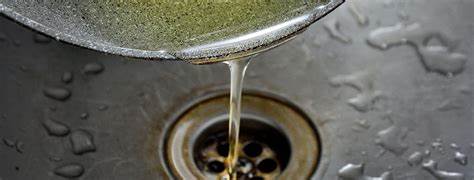
Oil Management according to HACCP standards - Part 1: The concept
Share
To provide guests the best quality of food, to make sure that the kitchen and its equipment is in perfect shape and to keep the kitchen staff safe during their work all chefs have to follow general HACCP rules.
Hazard critical control points, short HACCP, is a method to eliminate hazards even before they arise.
Most of the time you hear HACCP you would think about maintaining the cooling chain, how to store raw meat products or how to wash and sanitize your hands.
But what about the “food” you prepare your dishes in? What about your frying oil?
HACCP consists of 7 principles. But how to follow and set these principles and what they mean in regards to your frying oil:
1. Conduct a hazard analysis
Oil: Chemical and biological transformation of the frying oil can become a risk
2. Identify critical control points (CCP)
Oil: The frying oil you prepare your food in must be of a certain quality to prevent
food safety hazards
3. Establish critical limits for each critical control point
Oil: TPM (Total Polar Material) value of frying oil can be measured. TPM values are set by authorities and being over these limits is proven to have negative impact on food, the consumer and the employee working the fryer
4. Establish critical control point monitoring requirements
Oil: Measurement of oil quality at certain times during the day and recording the
readings
5. Establish corrective actions
Oil: Oil over allowed TPM limit needs to be changed out
6. Establish procedures to ensure the HACCP system is working as intended
Oil: Health inspectors or other authorities will ensure that the used HACCP system is working as intended. If no health checks are scheduled, the Operator or Management will do so instead
7. Establish record keeping procedures
Oil: HACCP regulation may require documentation, e.g. HACCP record sheets. Digital measurement devices will show TPM values which can be recorded in HACCP lists
To follow HACCP rules can seem overwhelming but with the right tools and documentation sheets it can be very easy.
Stay tuned for the second part of this article: Oil management according to HACCP standards – Parts 2: Documentation.



